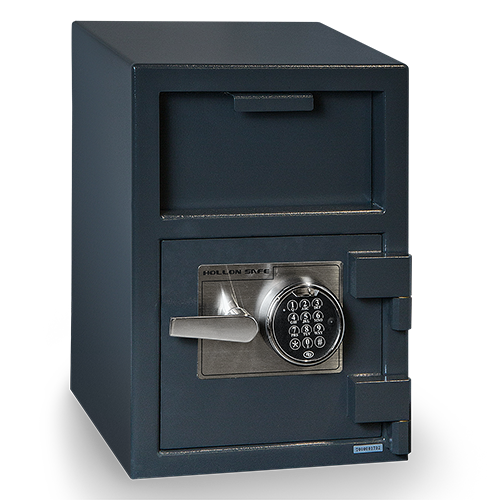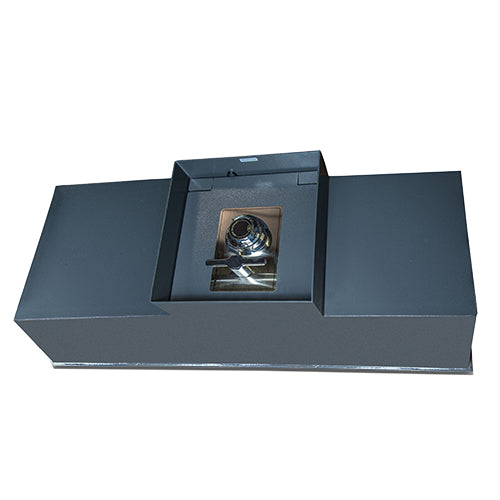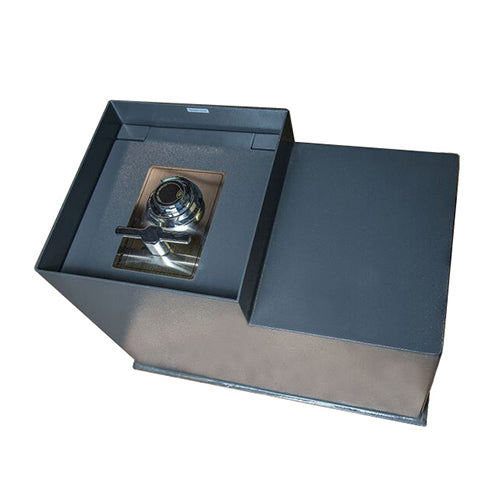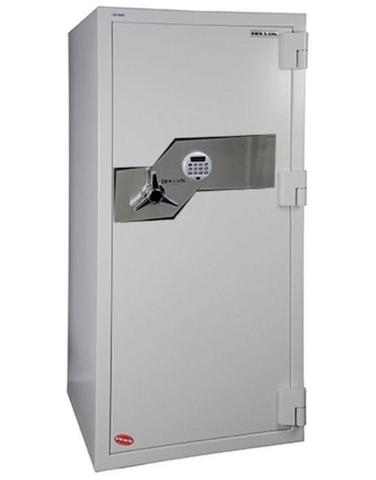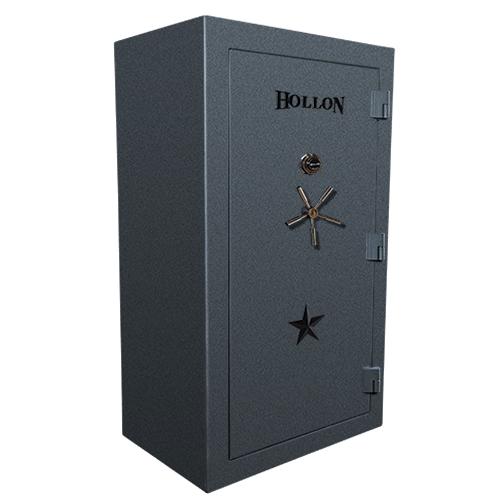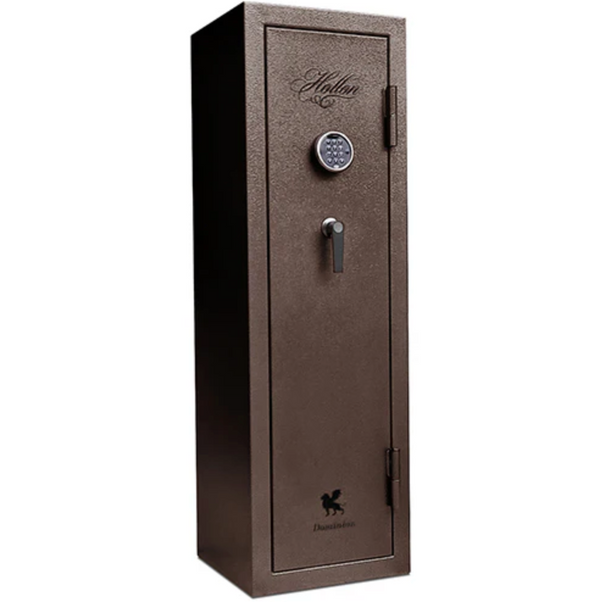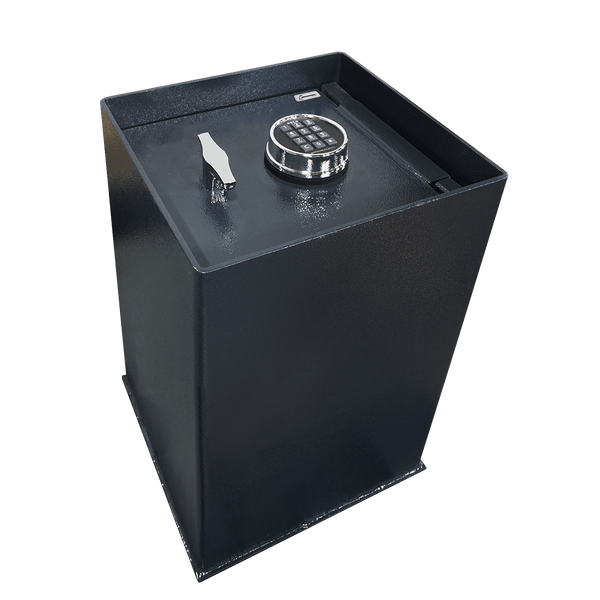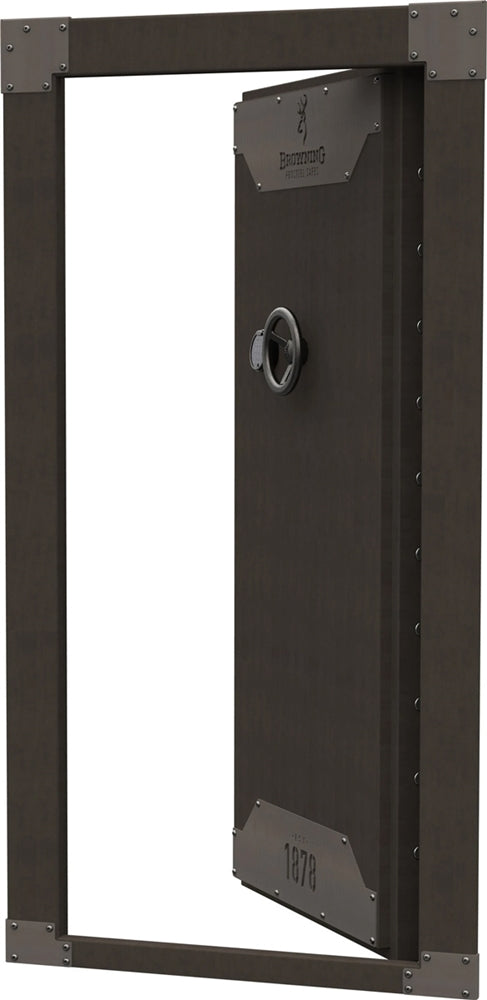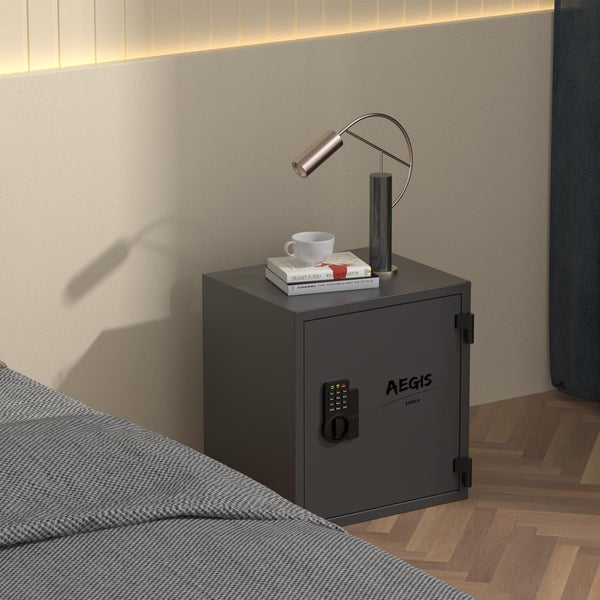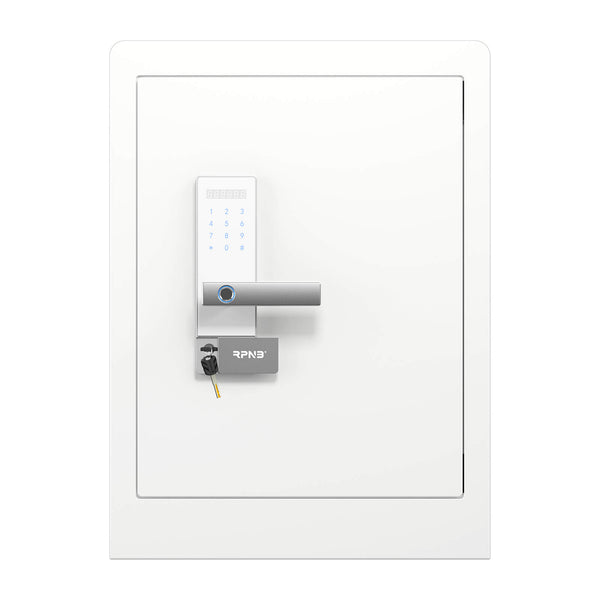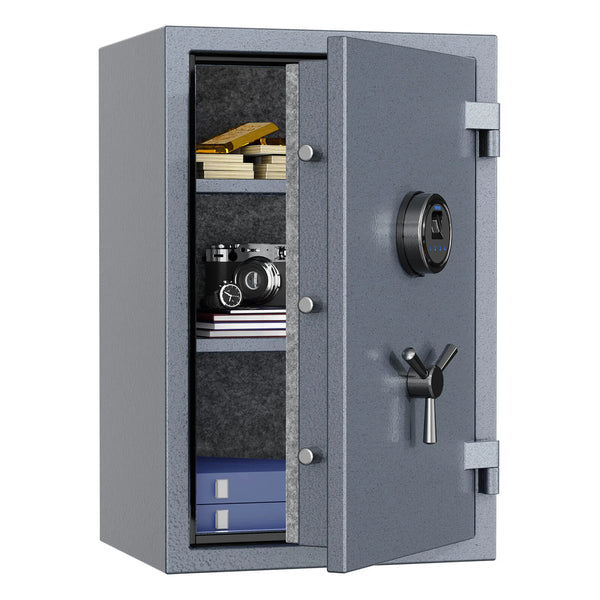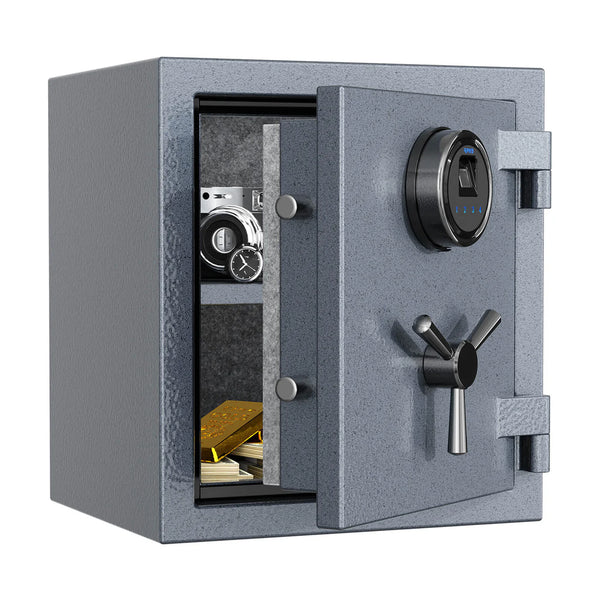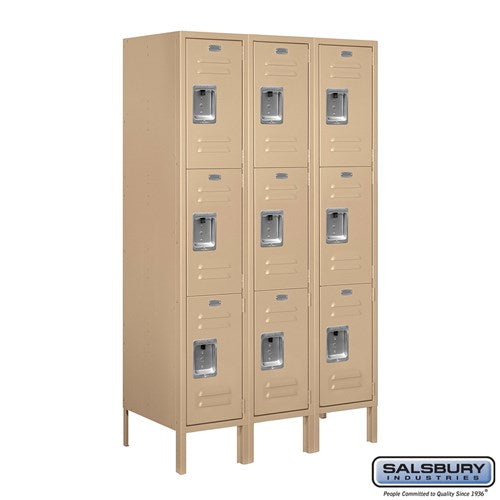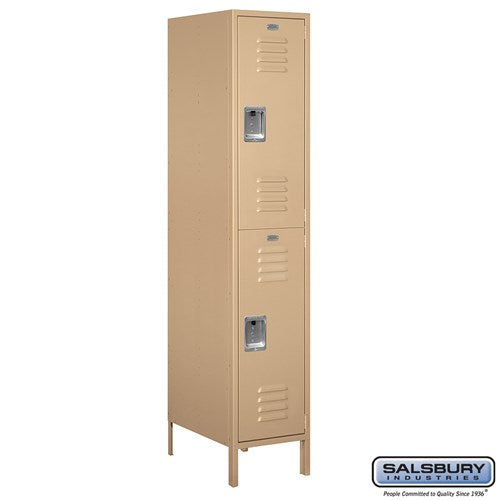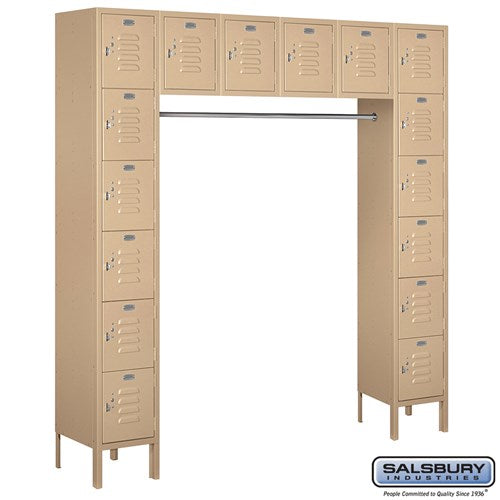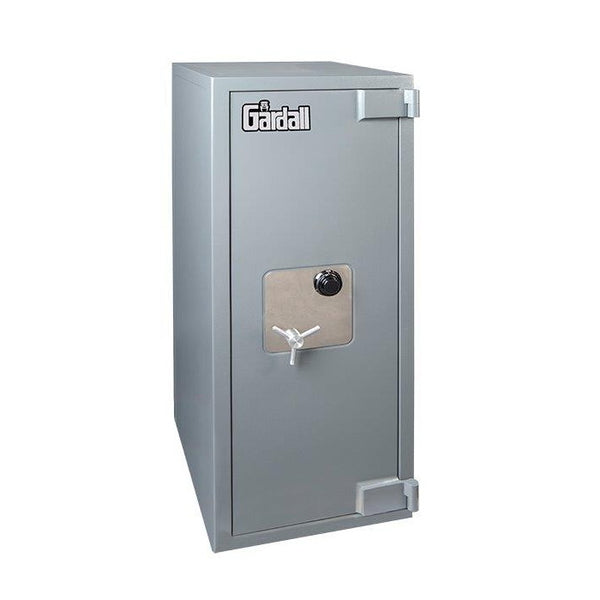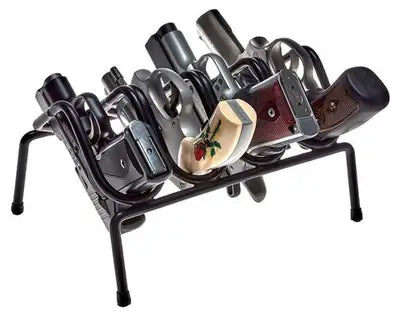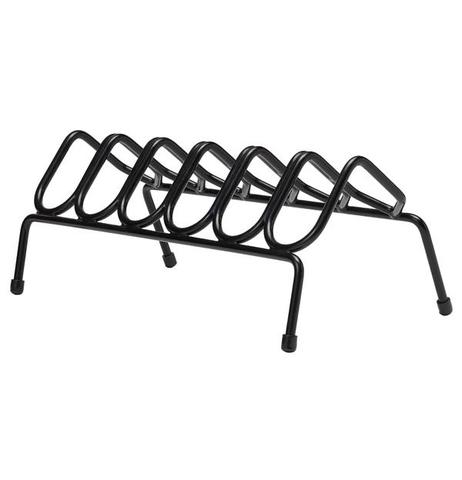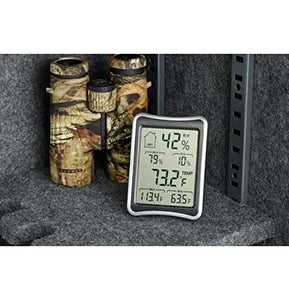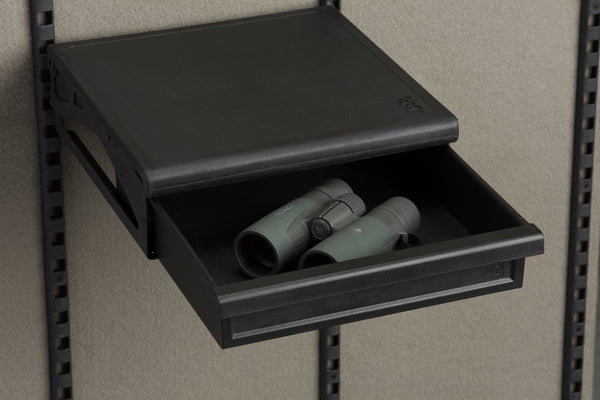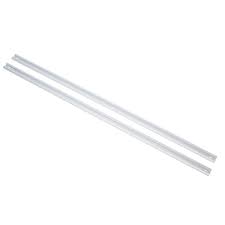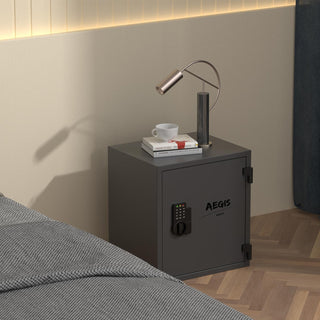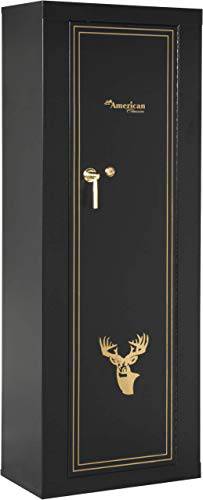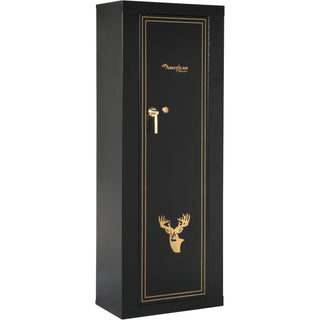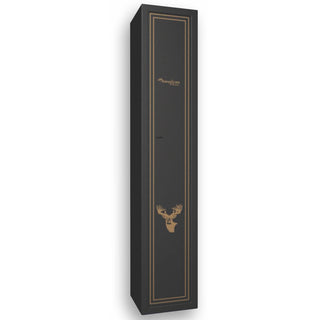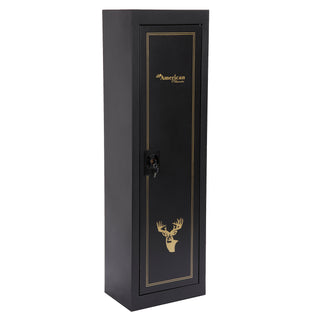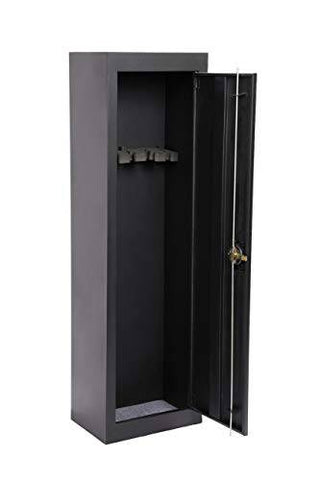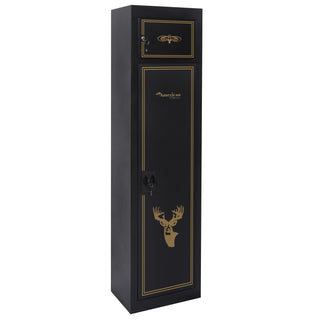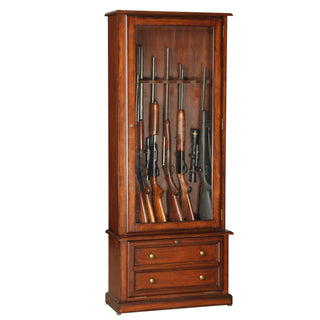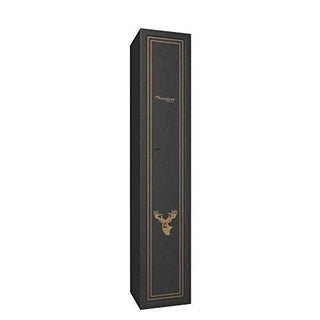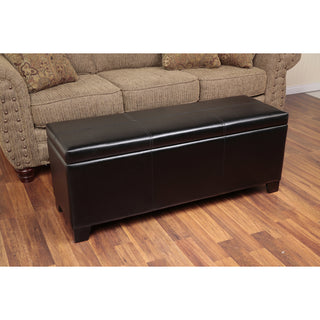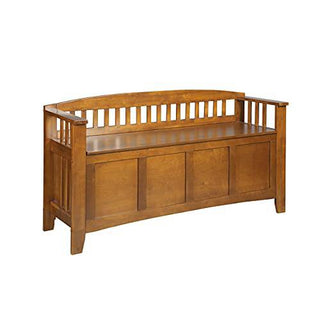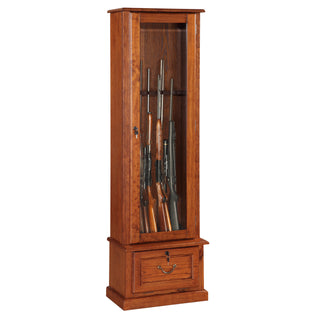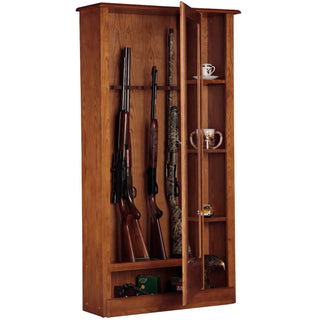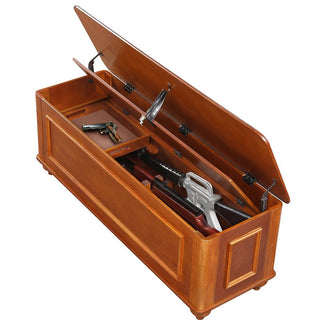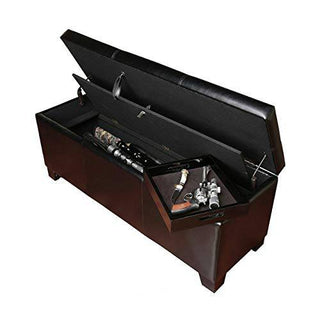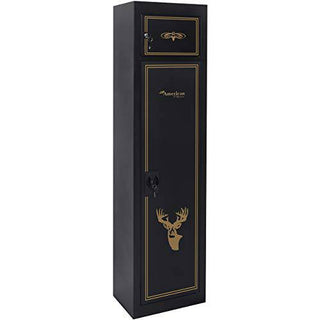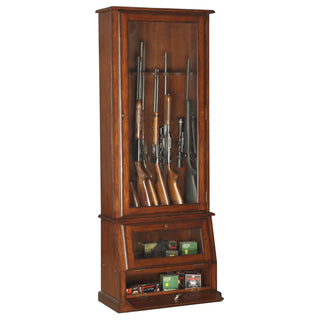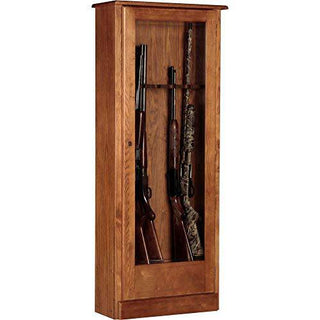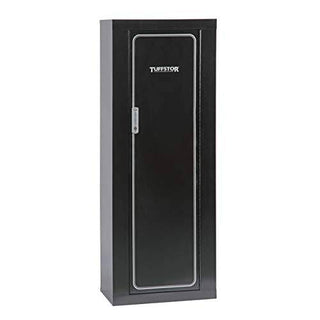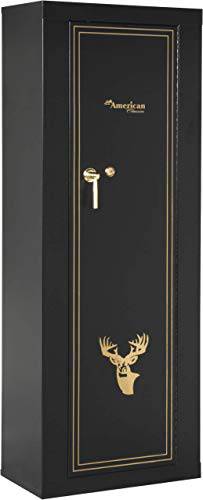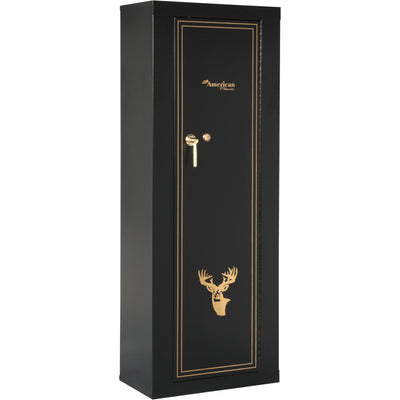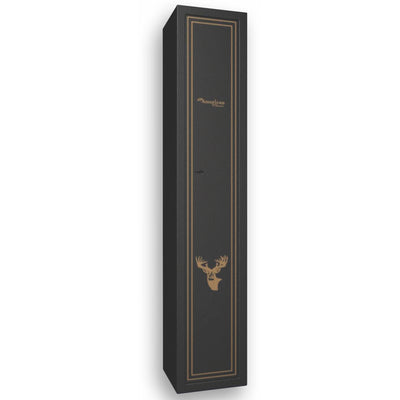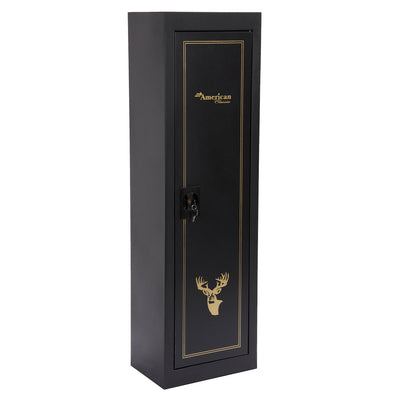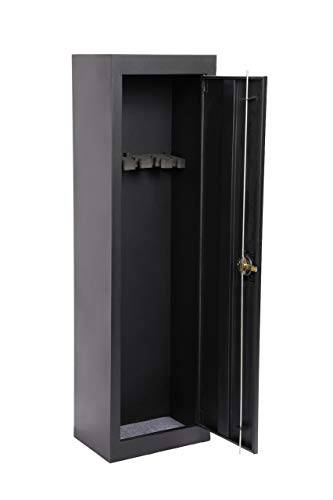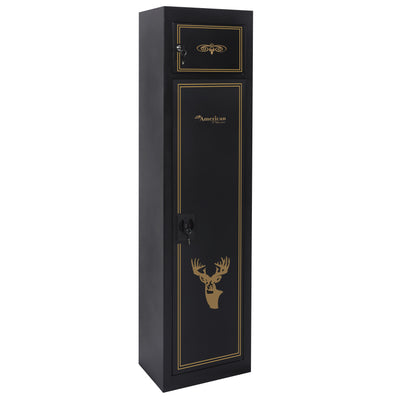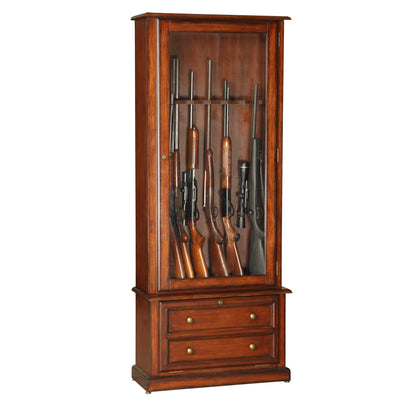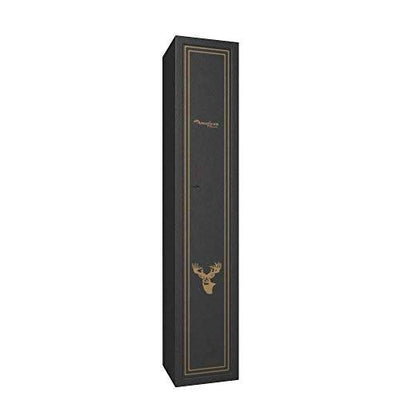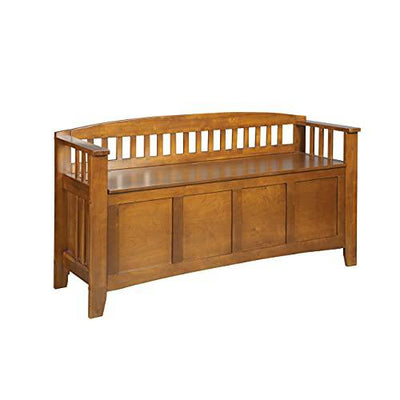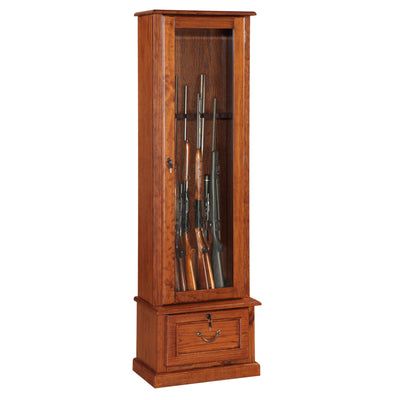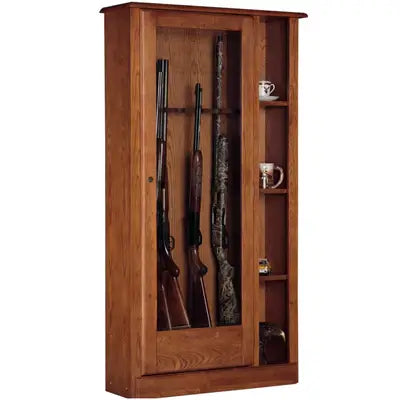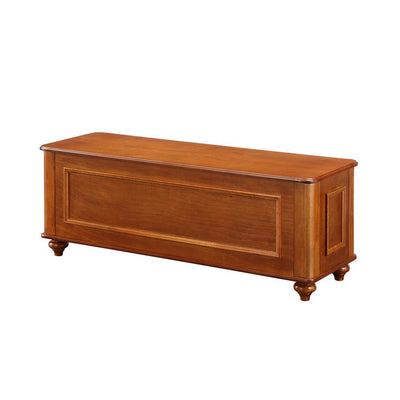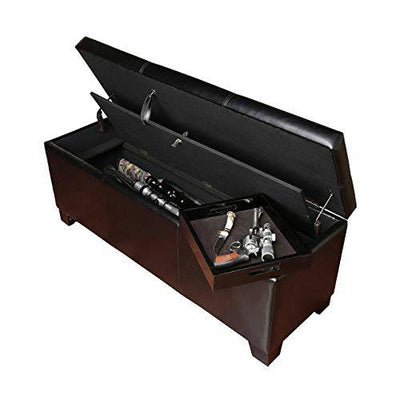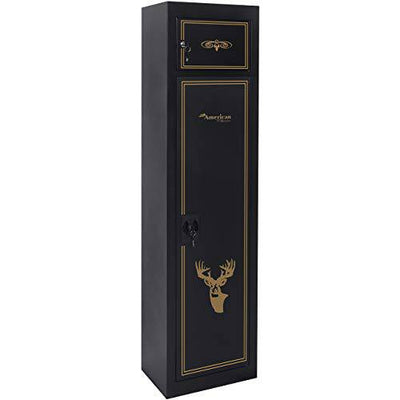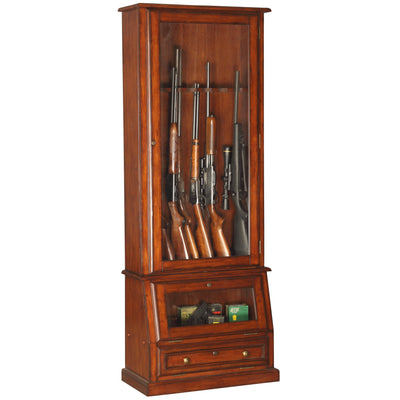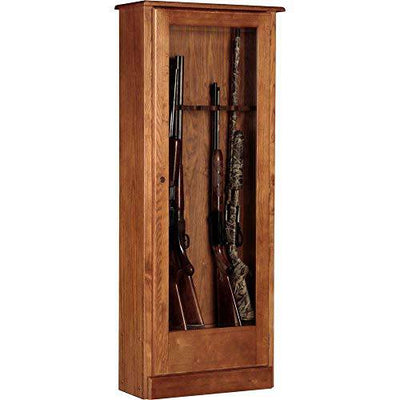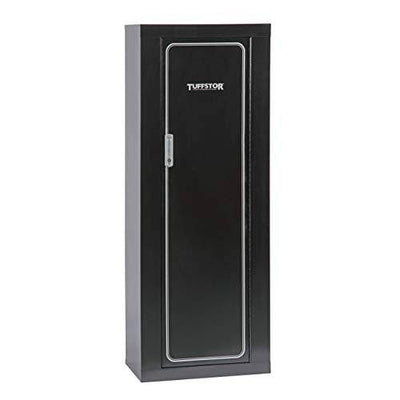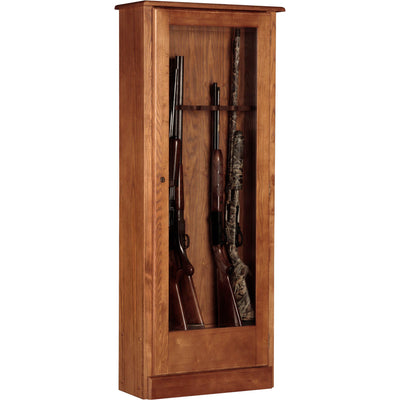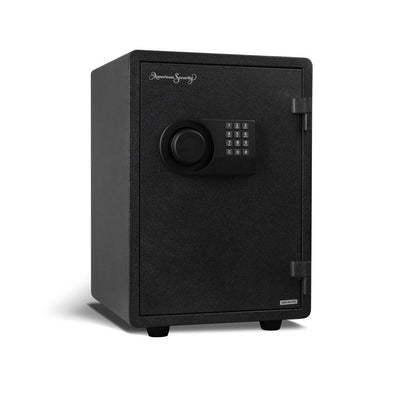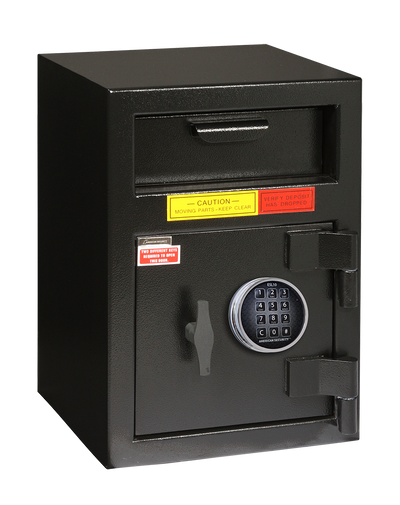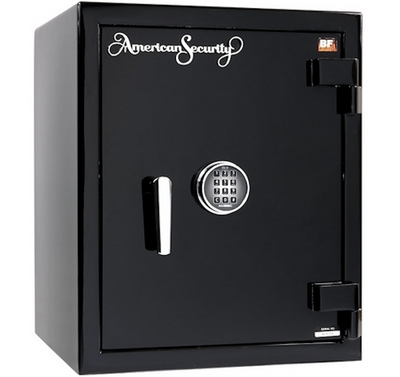
*This post contains affiliate links to products. We may receive a commission for purchases made through these links, but it never influences our product selection process.
Table of Contents
- Introduction
- Choosing the Right Safe for Your Needs
- Understanding Safe Features
- Types of Safes
- How Big of a Safe Do You Need?
- Hidden Safes: Unseen, Unfound
- Choosing the Right Locks
- Prioritizing Discretion in Home Security
- Additional Considerations When Choosing a Safe
- FAQ Guide (What Readers Want to Know)
- Conclusion
Introduction:
When it comes to residential security, buying a safe is one of the most efficient measures to protect your valuables. Safes are not just for millionaires or high-security businesses but for anyone with essential documents, valuable assets, and cherished heirlooms that need protection. Many options are available to cater to your security and safety needs, including fire-resistant, burglary, and gun safes.
Investing in a secure safe for your home can initially seem complex. After all, the selection process for such an important investment demands significant consideration and research. The best safes aren't cheap, and for a good reason. Thus, purchasing a safe that suits your specific requirements is wise rather than settling for one that might leave your valuables vulnerable.
But what do you need to know to make the right choice when investing in a safe? This article will explore various factors to consider, such as fire protection, lock types, fire rating, and burglary protection, to ensure your purchase of a secure safe is the best investment for your needs.
Choosing the Right Safe for Your Needs
One of the first steps in purchasing a home safe is deciding on the type that best suits your needs. The variety of valuables you intend to secure significantly influences this choice. Different safes are explicitly engineered to fulfill a range of unique requirements, providing tailored protection for various items.
For instance, if you want to secure important documents or cash, opting for a file safe is essential. A file safe is specifically designed to store paper-based items, maintaining them organized and protected. This feature is integral for individuals who require a secure place for valuable papers or money. By understanding the nature of the items you aim to safeguard, you lay a strong foundation for your safe purchasing journey, ensuring that you select a safe that will adequately cater to your storage requirements.
Understanding Safe Features:
A home safe is a big purchase. To facilitate a seamless shopping experience, it's crucial to familiarize yourself with the standard features of safes. While no safe is entirely invincible, a well-chosen one can significantly deter theft and provide a substantial barrier against unauthorized access. Even a budget-friendly safe can provide significant security for your belongings, giving you peace of mind.
Safes come with a range of security features, each tailored to provide protection for specific types of valuables. Key ratings to consider are:
The burglary and fire-resistant classifications as established by Underwriters Laboratories (UL). A Residential Security Container (RSC) rating offers basic protection, while higher-rated safes, such as those with TL-15, TL-30, or TRTL-30x6 ratings, offer increased security, providing defense against sophisticated tools for more extended periods. Likewise, a safe's fire rating can be crucial if you plan to store items that could be damaged by high temperatures.
The optimal security rating for your safe largely depends on your specific needs and the value of the items you intend to protect. It's often advantageous to consult your insurance provider for more detailed guidance. They can offer valuable insights based on the insured value of your possessions, ensuring that your investment in a home safe aligns well with your overall security strategy.
Types of Safes
Different types of safes are designed to offer specialized protection depending on what they're safeguarding. Here are some types of safes you might consider:
Gun Safes:
Not all gun safes are built the same. Among the most prevalent security products on the market, gun safes come with different safety features based on the level of protection required. In many jurisdictions, secure storage for firearms is mandatory. Gun safes are typically constructed of robust metal, with the highest-quality safes boasting a body made from at least 10 to 7-gauge steel and doors reinforced with 1-inch steel plates. This construction provides enhanced protection for your valuable firearms and other items.
Fireproof Safes
Fireproof safes are designed to protect your valuable items from fire damage. These safes often use a combination of insulating materials, such as layers of gypsum sandwiched between steel plates, to keep the interior temperature stable even during a fire.
Independent organizations like Underwriters Laboratories often test the efficacy of fireproof safes. A good fireproof safe should withstand exposure to high temperatures for an extended period. The fire rating on these safes often denotes how long they can maintain a safe internal temperature under fire conditions. Terms like "fireproof" can be misleading. No consumer safe on the market is completely "fireproof," although many are highly fire-resistant.
Keep in mind that items like digital media and family photos may need specialized protection. Standard fire-resistant safes might not provide adequate defense for these sensitive materials, necessitating safes designed specifically for such items.
Fire Rating:
The fire rating of a safe, often an underemphasized aspect, critically determines its ability to protect your items in case of fire. At a minimum, opt for a safe with a 1-hour fire protection rating. Why? Paper, for instance, ignites at around 450 degrees Fahrenheit, and typical house fires reach temperatures of 800 to 1200 degrees. Therefore, a safe with less than a 1-hour fire rating may not provide adequate protection.
However, note that while fire-resistant safes effectively shield your items from fire damage, they're not primarily designed for burglary protection, often employing relatively thin metal in their construction. Therefore, consider fire and theft threats to ensure comprehensive security when selecting a safe.
Waterproof Safes
A water-resistant safe can protect your essential documents, cash, and other valuables from water damage. These safes are designed to resist water intrusion during specific situations, like exposure to water from fire sprinklers or hoses used by firefighters, heavy rains, or in some cases, minor flooding. They are not designed for full submersion in water for extended periods. Therefore, water-resistant safes are an excellent choice if you live in regions prone to floods or heavy rainfall or want to ensure your valuables are protected during firefighting efforts.
Remember, each type of safe offers its unique advantages. The optimal choice depends on your specific needs, the valuables you want to secure, and the potential risks you aim to mitigate.
Burglary Safes:
The primary function of a burglary safe is to protect against theft; they stand out due to their robust construction and enhanced security features. Built with heavy-duty steel and complex locking systems, these safes are designed to resist forceful break-in attempts.
Constructed of substantial steel, often at least 1/2 inch thick, burglary safes provide high-level security. Their doors are even more robust, frequently featuring solid steel plates of at least 1-inch thickness, offering resilience against various forceful entry tools.
Remember, purchasing a burglary safe should be driven by the value and nature of the items you aim to secure. Although high-quality burglary safes can be a significant investment, they offer invaluable peace of mind knowing your treasures are well-protected.
How Big of a Safe Do You Need?
Getting the size right is crucial! Although "Bigger is better" when it comes to safes, you need to strike the right balance between size and practicality when deciding what size to get. The size of your safe should mirror the volume of your valuables in the present and the potential future additions.
From personal documents and heirlooms to firearms or rare collectibles, the space you need can quickly add up. Bear in mind that a cluttered safe is not just difficult to organize; it can also make delicate items more susceptible to damage. Always give your belongings some room to breathe. As you plan your purchase, consider your current and future needs to ensure you're making a choice that will serve you well for years to come.
Hidden Safes: Unseen, Unfound.
When it comes to hidden safes, we're talking about security designed to blend in. Wall safes, floor safes, and hidden safes each have unique advantages, depending on your need.
Wall Safes:
These safes are seamlessly built into your home's structure, providing a secure spot that's also easy to access. However, they are mainly for concealment, and their fire protection depends on the surrounding wall's construction. They might not be the best fit for storing high-value items.
Concealment Furniture Safes:
Disguised as everyday items like cabinets, chests, benches, or decorative pieces, concealment furniture safes add a layer of security while blending in with your decor. But remember, these safes aren't typically designed to withstand severe attempts at theft or fire, so they might not be the best option for precious items or sensitive documents.
Floor Safes:
Embedded into concrete floors, floor safes are tough to remove and great for deterring theft. However, their fire protection isn't as strong, particularly around the door area, which typically lacks fire insulation. If you're storing heat-sensitive items like documents or digital media, a safe specifically designed with fire-resistant materials might be better.
Choosing the Right Locks:
The type of lock on your safe is another significant factor to consider, as each has its own strengths and weaknesses. Here is a brief review of the common lock types available:
Combination Locks:
These traditional locks have been used on safes for decades and are highly reliable. They require no batteries and are resistant to electronic attacks. However, the downside is that they can be slower to open and might require regular servicing to maintain their reliability. A user might struggle to remember or accurately dial the combination in a stressful situation.

Electronic Locks:
These digital locks offer speed and convenience, allowing you to access your safe quickly with a simple numerical code. Some even have time delay features, adding an extra layer of protection against theft. The main drawbacks are that they rely on batteries, which need regular replacement, and are slightly more vulnerable to electronic attacks or failure.

Biometric Locks:
These modern locks use unique physical or behavioral characteristics—most commonly fingerprints—for identification. Biometric locks offer quick access, as they can often recognize your fingerprint and unlock the safe within seconds. They also eliminate the risk of forgetting a combination or losing a key. However, they are typically the most expensive option and, like electronic locks, rely on batteries.
In conclusion, when selecting a lock type for your safe, consider your personal preferences, your budget, the level of security you need, and the potential inconveniences you're willing to accommodate. It's always advisable to consult with a professional to find the most suitable lock for your specific needs.

Prioritizing Discretion in Home Security
Maintaining discretion regarding your home security measures, including safes, is crucial. It's not just about having top-notch security features but also being mindful about who knows the specifics of these safeguards.
Careful Conversations Keep Your Valuables Safe!
Many instances of burglary have their roots in casual conversations. Enthusiasm about the new home safe you purchased or boasting about its state-of-the-art features can unintentionally turn into a security risk. Oversharing such details could invite unwanted attention.
Indeed, it's human nature to share exciting purchases or improvements, but when it comes to your personal security, it's wise to keep information under wraps. Remember, overheard phone conversations or online discussions can easily reach unintended ears, increasing your vulnerability to break-ins.
Thus, maintaining discretion is not just about physical measures like hidden or wall safes; it also extends to your conversations and social interactions. Let the strength of your home security lie in its robust design and the secrecy of its details.
Additional Considerations When Choosing a Safe:
Placement of Your Safe:
Where you decide to place your safe can impact its effectiveness. Ensure the safe is located in a secure, discreet location within your home, such as a closet or a dedicated safe room. Avoid areas that are prone to dampness or flooding.
Safe Accessibility:
Consider how often and quickly you need to access the contents of your safe. For example, if you're storing firearms for home defense, you'll want a safe that allows for quick and secure access.
Manufacturers and Certifications:
Ensure you purchase from reputable, safe manufacturers who are transparent about their product specifications, including fire ratings. Look for third-party validation of their claims, such as certifications from recognized testing organizations.
Material and Thickness of Safe Walls:
Not all safes are created equal when it comes to the construction materials used. Pay attention to the thickness and quality of the steel used in your safe. The thicker and higher quality of the steel, the more resistant the safe is to brute force attacks.
Interior Layout and Organization:
Look for a safe with an interior layout that suits your needs. Consider safes with adjustable shelves or compartments for easier organization. Some safes even feature door pockets and racks for additional storage space.
Maintenance and Warranty:
Check the warranty and maintenance policies of the safe manufacturer. A longer warranty period can be a good sign of the manufacturer's confidence in their product. Additionally, it's a good idea to determine what kind of maintenance your safe might require over time to keep it in top shape.
FAQ Guide (What Readers Want to Know)
How important is the weight of a safe?
Weight can add to the security of a safe. Heavier safes are more challenging for burglars to move or carry away physically. But remember, the location and installation of your safe also matter, especially when considering heavy safes.
What additional security measures can I take with my safe?
Consider anchoring your safe to the floor or wall for added security. This prevents burglars from physically moving your safe. Pairing your safe with a security system provides an additional deterrent and can alert you or authorities to a break-in attempt.
How does a safe's construction material impact its performance?
The material of a safe can affect its durability, security, and fire resistance. Look for safes made from robust metals and fire retardant materials to ensure they can stand up to different threats.
Why should I buy a safe from a reputable manufacturer?
Reputable manufacturers are more likely to produce high-quality safes that meet all advertised specifications. They are transparent about their product details, including construction materials, fire ratings, and security features. Buying from a trusted manufacturer ensures you get a reliable product.
Can a safe protect my digital media and electronics?
Yes, specific safes are designed to protect digital media like hard drives, CDs, and flash drives. These safes control the temperature, like a typical fire-resistant safe, and the humidity, which can damage electronic items.
How do I maintain my safe's performance over time?
Regular maintenance can prolong the lifespan of your safe. This might include oiling the locking mechanism, ensuring the door seals properly, and occasionally inspecting for any signs of wear or damage. Also, if your safe uses an electronic lock, remember to regularly replace the batteries to prevent lockouts.
Is it necessary to anchor my safe?
Yes, anchoring your safe can significantly increase its security. Even a heavy safe can be moved with the right tools and enough determination. Anchoring the safe to the floor makes it much harder for a burglar to physically remove it from your property. It's particularly recommended for lighter safes which are relatively easier to move.
Conclusion
In conclusion, investing in a safe is wise for anyone interested in protecting their valuables from theft and fire damage. Whether it's a gun safe for your firearms or a fire-rated gun safe for safeguarding your important paper documents, choosing the right safe can be simple if you know what to look for. At USA Safe and Vault we are happy to help you take the following steps towards purchasing the safe you need.
Always check the fire ratings and minimum fire rating, understand the locking mechanism, and consider the construction material, such as a concrete floor or fire retardant material. Reliable, safe manufacturers will offer a wide variety of safes, each designed to meet your specific needs. So, invest wisely and secure peace of mind knowing that your valuables are safe and sound.









